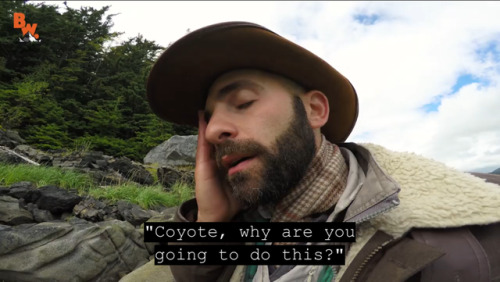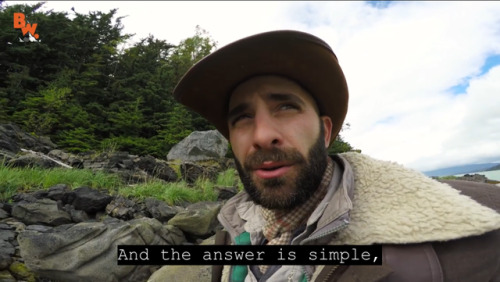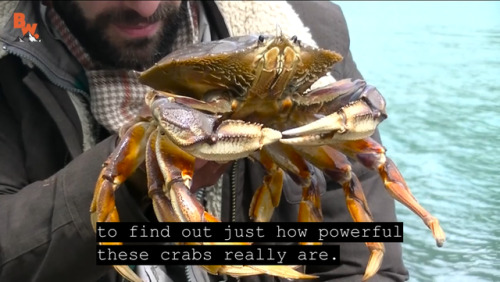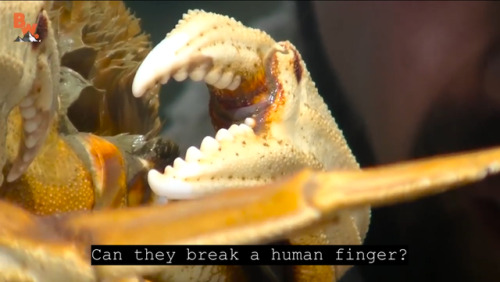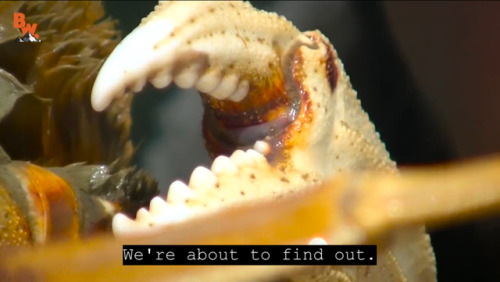Cloud, Sun, Star.

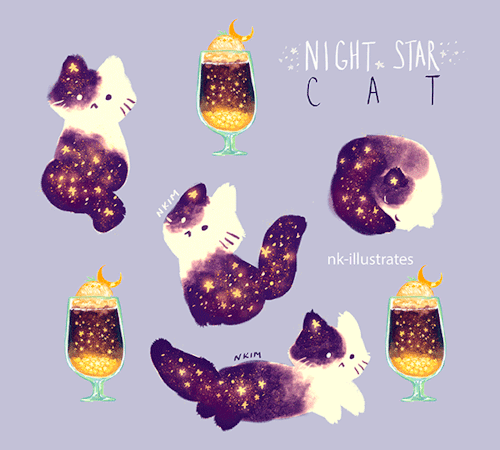
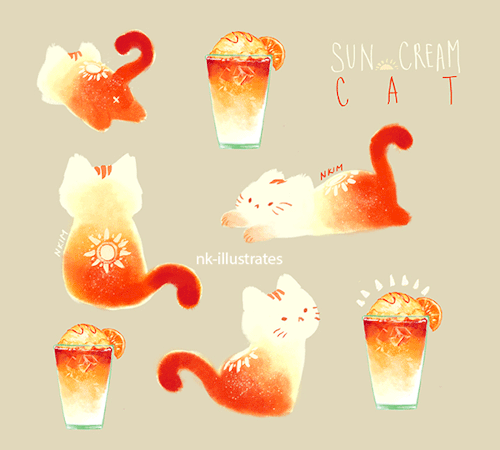
Cloud, Sun, Star.
More Posts from Alianora-of-toure-on-marsh and Others
so i’ve seen this around a lot and i always felt like the version i listened to just. didn’t have everything? sO! i edited together my three favourite versions of the tik tok sea shanty! enjoy!!
(listen with headphones if possible!)
(yes i know the ending is bad oKaY-)



this au got me laying awake at 3am thinking abt steven surviving a job interview
bonus:

picking RPG clothes based on maxing stats instead of whether they match or not





I’ve had this post saved up for days, waiting to release it when I ran out of other posts, because this is easily the greatest thing I have ever voiced, and I don’t think I’ll ever be able to top it
but people keep sending me stuff, and I keep finding stuff on my own, so here it is! based on this hilarious comic by @liberlibelulaart
please do keep sending me stuff! I’ve really enjoyed doing this the last couple of months, and even though there’s still more to come, it’s mostly down to dumb luck, and the well is going to dry up real soon
A remarkable Jacobean re-emergence after 200 years of yellowing varnish Courtesy Philip Mould

SwordTember day 4, Dragon Slayer!
A little bit of nostalgia for this one. Growing up, my brothers and I would go on quests outside. On one quest we stumbled upon, “The Dragon Buster” a legendary blade in our little game. 🐉 🗡️

The long history of First Nations people isn’t one that can be found in books. Instead, it is a rich documentation detailed throughout time — a collective enterprise carried on by tradition and culture.
Oral tradition has often been discounted as just stories — but science is proving that the facts behind those stories certainly shouldn’t be discounted.
Last week, a study published in the journal Nature Communications linked the genomes of 25 Indigenous people who lived 1,000 to 6,000 years ago with 25 descendants in the Lax Kw'alaams and Metlakatla First Nation in British Columbia.
The ancient DNA was taken from archeological sites in the Prince Rupert area of B.C. that contain human remains. The researchers concluded that the genomes of the descendants were altered as a result of European colonization, making them more resistant to western viruses.
However, the other outcome of the DNA study was confirmation that the Metlakatla First Nation has been in the region for thousands of years — something the Metlakatla have long asserted through oral tradition.
The researchers also found that roughly 175 years ago, the population of Coast Tsimshian in the region declined by as much as 57 per cent. This coincides with colonization and the spread of diseases such as smallpox, the accounts of which have also been passed down in First Nations oral tradition.
“Science is starting to be used to basically corroborate what we’ve been saying all along,” said Barbara Petzelt, an archaeologist with the Metlakatla First Nation, one of the researchers in the study
Continue Reading.
-
 lamasandlilypads liked this · 1 week ago
lamasandlilypads liked this · 1 week ago -
 may-the-art-work reblogged this · 3 weeks ago
may-the-art-work reblogged this · 3 weeks ago -
 decepticupcake reblogged this · 1 month ago
decepticupcake reblogged this · 1 month ago -
 jollyqueencupcake liked this · 1 month ago
jollyqueencupcake liked this · 1 month ago -
 camelliadrakontos reblogged this · 1 month ago
camelliadrakontos reblogged this · 1 month ago -
 sashasoda reblogged this · 3 months ago
sashasoda reblogged this · 3 months ago -
 rain-bird liked this · 3 months ago
rain-bird liked this · 3 months ago -
 myhiddenpersonalcorner reblogged this · 3 months ago
myhiddenpersonalcorner reblogged this · 3 months ago -
 theglowqueen reblogged this · 3 months ago
theglowqueen reblogged this · 3 months ago -
 horror-sc0pe liked this · 3 months ago
horror-sc0pe liked this · 3 months ago -
 pokemon314159 liked this · 3 months ago
pokemon314159 liked this · 3 months ago -
 sweethoneybear liked this · 3 months ago
sweethoneybear liked this · 3 months ago -
 daengeli liked this · 3 months ago
daengeli liked this · 3 months ago -
 cherrywhatever reblogged this · 3 months ago
cherrywhatever reblogged this · 3 months ago -
 cherrywhatever liked this · 3 months ago
cherrywhatever liked this · 3 months ago -
 myhiddenpersonalcorner liked this · 4 months ago
myhiddenpersonalcorner liked this · 4 months ago -
 sometimes-a-writer reblogged this · 4 months ago
sometimes-a-writer reblogged this · 4 months ago -
 doctorbutto liked this · 4 months ago
doctorbutto liked this · 4 months ago -
 theghostthathauntsmysoul liked this · 4 months ago
theghostthathauntsmysoul liked this · 4 months ago -
 silvathemagicalgirl reblogged this · 4 months ago
silvathemagicalgirl reblogged this · 4 months ago -
 sleepy-waffle reblogged this · 4 months ago
sleepy-waffle reblogged this · 4 months ago -
 sleepy-waffle liked this · 4 months ago
sleepy-waffle liked this · 4 months ago -
 idonutcareforyou liked this · 4 months ago
idonutcareforyou liked this · 4 months ago -
 ameliascreampuffs liked this · 4 months ago
ameliascreampuffs liked this · 4 months ago -
 xblood-kittenx reblogged this · 4 months ago
xblood-kittenx reblogged this · 4 months ago -
 enibbler liked this · 4 months ago
enibbler liked this · 4 months ago -
 airabiuu liked this · 4 months ago
airabiuu liked this · 4 months ago -
 roughentumble reblogged this · 4 months ago
roughentumble reblogged this · 4 months ago -
 creative-robot liked this · 4 months ago
creative-robot liked this · 4 months ago -
 11artvitoria liked this · 4 months ago
11artvitoria liked this · 4 months ago -
 atsume-no-nettie reblogged this · 4 months ago
atsume-no-nettie reblogged this · 4 months ago -
 skystardust2027 liked this · 4 months ago
skystardust2027 liked this · 4 months ago -
 virologistandpotato reblogged this · 4 months ago
virologistandpotato reblogged this · 4 months ago -
 frenetic-chameleon reblogged this · 4 months ago
frenetic-chameleon reblogged this · 4 months ago -
 frenetic-chameleon liked this · 4 months ago
frenetic-chameleon liked this · 4 months ago -
 sourdoughnoodle liked this · 4 months ago
sourdoughnoodle liked this · 4 months ago -
 waveypedia reblogged this · 4 months ago
waveypedia reblogged this · 4 months ago -
 waveypedia liked this · 4 months ago
waveypedia liked this · 4 months ago -
 ai-reblogs reblogged this · 4 months ago
ai-reblogs reblogged this · 4 months ago -
 ai-higurashi liked this · 4 months ago
ai-higurashi liked this · 4 months ago -
 edgycinnaroll liked this · 4 months ago
edgycinnaroll liked this · 4 months ago -
 spaceyvee reblogged this · 4 months ago
spaceyvee reblogged this · 4 months ago -
 kariatenoh liked this · 4 months ago
kariatenoh liked this · 4 months ago -
 magicalfurroowo reblogged this · 4 months ago
magicalfurroowo reblogged this · 4 months ago -
 magicalfurroowo liked this · 4 months ago
magicalfurroowo liked this · 4 months ago -
 imagibunny reblogged this · 4 months ago
imagibunny reblogged this · 4 months ago -
 lycanlanterns liked this · 4 months ago
lycanlanterns liked this · 4 months ago -
 raihanstrapinch reblogged this · 4 months ago
raihanstrapinch reblogged this · 4 months ago -
 re-seto reblogged this · 4 months ago
re-seto reblogged this · 4 months ago
193 posts


